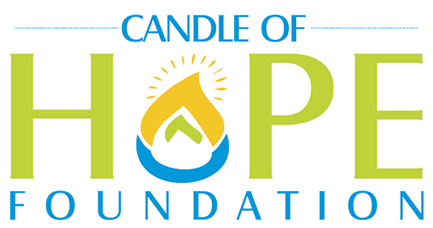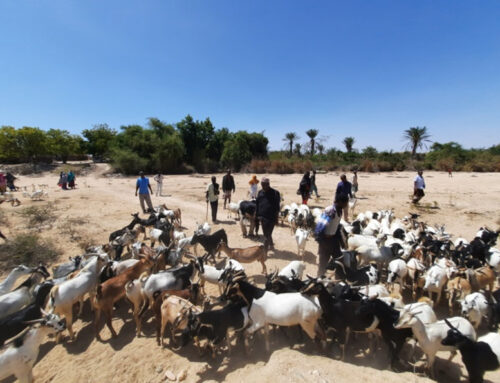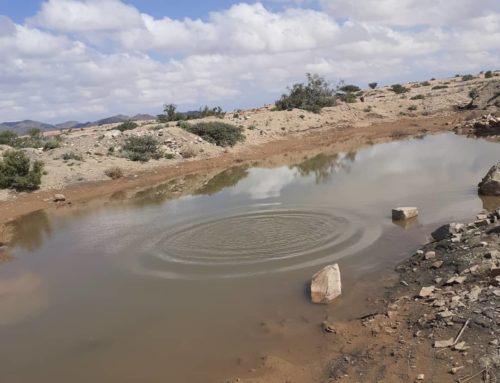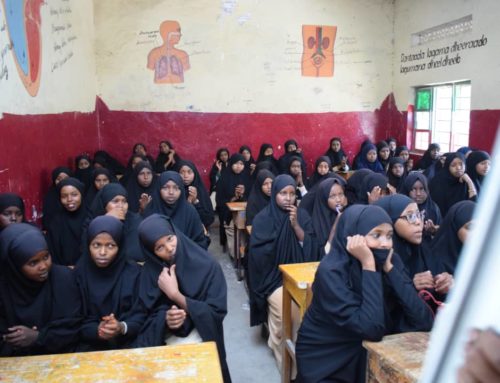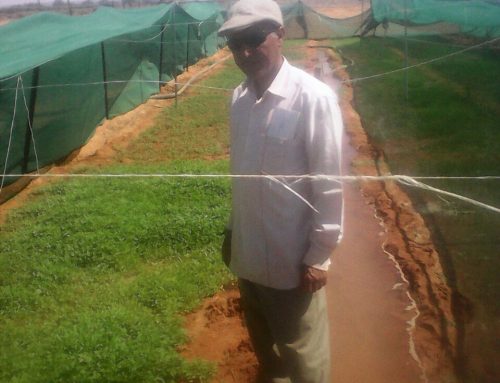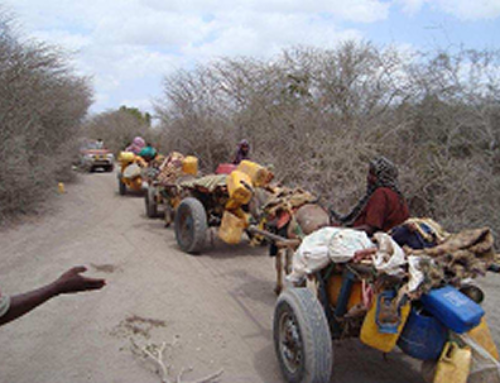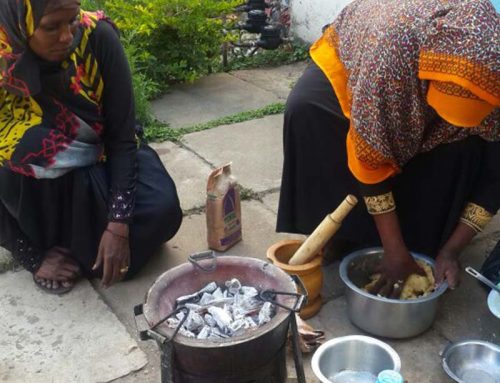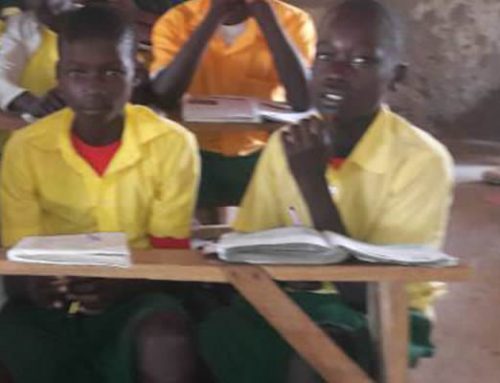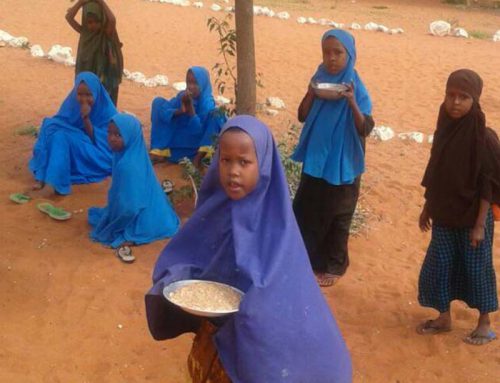Project Description
Projected period February- to March 2018
Donor: Private (Philanthropist)
Project Description/Objective/Area
Marsabit County borders Ethiopia to the north, Wajir County to the east, Isiolo County to the south, Samburu County to the southwest, and Turkana County to the west. Marsabit is composed of four sub-counties – Laisamis, Saku, North Horr, and Moyale – and occupies part of the driest region in the country, the Chalbi desert belt. The county is home to several ethnic groups, the major ones including the Gabra, Rendille, Borana, Samburu, Turkana, Burji, Wata, and Somali communities. Marsabit County has experienced a wave of violent conflicts in the recent past. These conflicts were mainly between the Gabra and Borana communities. Traditionally, most conflicts in the county have been caused by competition over grazing space and water for livestock and sporadic cases of cattle rustling and revenge killings. However, more recently, the nature of the conflict has changed, influenced by political developments in the county. The legacy of the violence has been the hardening of attitudes and ethnic hatred, complicating reconciliation efforts. The intensity of the hatred and mistrust affects every aspect of the social and economic lives of people in Marsabit. Those consulted in Moyale town described a situation of growing polarization and artificial boundaries in the town, meaning that certain communities could not access services including hospitals and police stations in areas dominated by rival communities.
In reaction to the growing tensions a group of young ladies (supported by Candle of Hope) made of different ethnical background and had grown up in the area came together to advocate for peace between the different communities. The group opted for a hands-on approach and went door to door talking to the different households, community leaders and religious leaders.
Case Study
The chaos in Moyale was between rival ethnic groups, Borana on one side and an alliance of Gabra and Burji on the other.
Hirbo Woche
Hirbo Woche popularly known as Mwalimu Hirbo, a teacher by profession is one of the victims of the conflict. He is a husband and a father He has been leaving in a town called Sessi his whole life.
When the conflict started, his house was one of the houses that was burned down and his life and his family’s life threatened,So he had to leave the area with his family and camp at his relatives’.
Target Audience
The project started as a ‘daawah’ group where the ladies were going around talking to the community about religion, however when the violence broke out, the group saw the need to now pass a peace message and initially targeted the women who were at home while their sons and husbands went out. This later grew to include elders and religious leaders in the community.
Achievement
The group managed to talk to the groups in the community and convince them that they do not need to be in conflict with each other and that they were a community together. The managed to hold meetings every Friday at 4pm and have sessions where the communities were given advice. The group managed to create a platform where these people could come together and talk. This activity especially in Moyale sub County brought the people together.
Risk/Opportunity
Challenges faced included;
- Different tribes- Ethnic tensions have hardened the lines to the extent that thinking and responding ethnically appears natural. The group had to deal with unresponsive and sometimes volatile reactions from some community members.
- Gender- Social norms consider conflict and peace masculine issues while women have been relegated to passive victims rather than active participants of building peace. The group had to show that such claims are not true and show that women are an integral part in the peace building process.
- Age/ Youth
- Security
- List opportunity here.
- Women Empowerment- The project gave courage to the young women to know that they can effect positive change in the society.
- The project gave the group a deeper understanding of the concept of peace
Conclusions
- Most youth involved in the violence were unemployed and hence were gullible to the promise of money for violent, so there is a need to set up systems to teach the youth and the women skills to be able to self-sustain.
- Peace Building Training- It should comprise both men and women peace builders from Marsabit County. This will not only foster mutual learning and appreciation of roles played by both genders in peace building but also enhance the chances of women’s participation in the training.
- Government institutions should collaborate with NGOs to raise awareness on the critical nature of peace building and the importance. They should also sensitize the communities to change their attitudes from that of conflict instigation to peace building.
